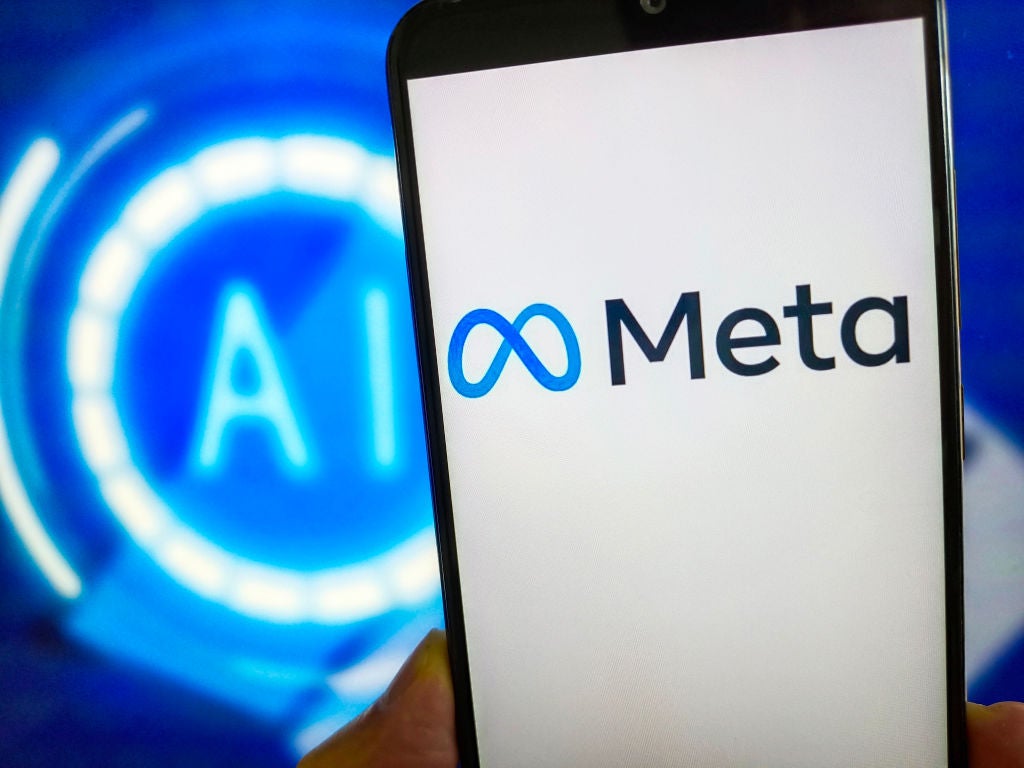In late February, companies that make the cell-site radios and other infrastructure used in mobile networks typically unveil their latest products. In recent years, those introductions have focused heavily on introducing radios that help mobile operators roll out 5G services.
The first generation of that 5G radio gear has already seen the spotlight, so in 2022, equipment vendors are moving on to the next generation of products, and they are placing a particular emphasis on features and attributes that make Radio Access Networks (RAN) more energy efficient.
Ericsson new RAN products
Sweden-based Ericsson announced a slew of new RAN products in mid-February with energy efficiency a primary characteristic. Multiple new radios feature passive cooling techniques – ways of cooling down radio hardware without the use of motorized fans. Because fans require a power source, removing them reduces radio power consumption.
Ericsson also announced the expansion of an existing software-based offering that is now available on all new radios. The Deep Sleep feature allows cell-site radios to power down at night when they are not being used as much and power back up for heavier daytime use.
Mobile power saving initiatives
Ericsson is by no means the only cellular radio vendor focusing on this trend. In late 2021, China-based Huawei Technologies, which also offers features similar to Ericsson’s Deep Sleep, began promoting the next generation of its own offering in this category, one that involves (among other things) powering down radios in much more granular increments – even microseconds.
Meanwhile, Nokia this month announced software solutions for mobile cell sites that use machine learning to make networks run more efficiently – for example, by using cell traffic pattern data to predict, on a per-site basis, when the ideal times are for each cell site to power down.
How well do you really know your competitors?
Access the most comprehensive Company Profiles on the market, powered by GlobalData. Save hours of research. Gain competitive edge.

Thank you!
Your download email will arrive shortly
Not ready to buy yet? Download a free sample
We are confident about the unique quality of our Company Profiles. However, we want you to make the most beneficial decision for your business, so we offer a free sample that you can download by submitting the below form
By GlobalDataIt’s not surprising that network equipment vendors are focusing so intently on energy efficiency features. After all, powering radio networks is a major ongoing expense for mobile operators, and 5G rollouts typically require operating 4G and 5G networks in parallel, with the addition of new high-power radios to deliver faster 5G services.
In addition to helping with operators’ bottom lines, energy efficiency features also align with sustainability goals being embraced by operators throughout the world. Energy efficiency is sure to be a continuing focus of networking equipment vendors in the near term and beyond. The next half-step in 5G technology currently being developed, ‘5G Advanced,’ includes energy efficiency as a priority as well, so we are likely to see more sustainability-focused initiatives along these lines for quite some time.





Related Company Profiles
Nokia Corp